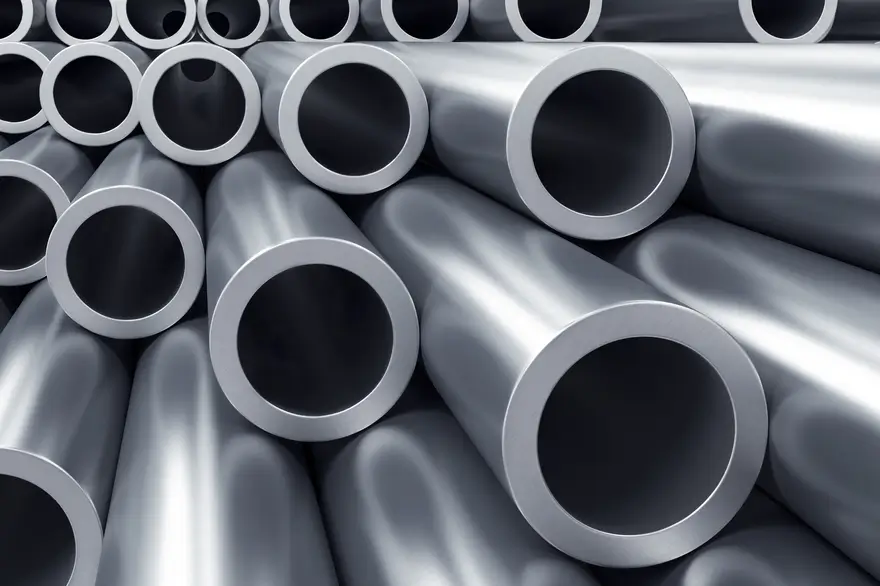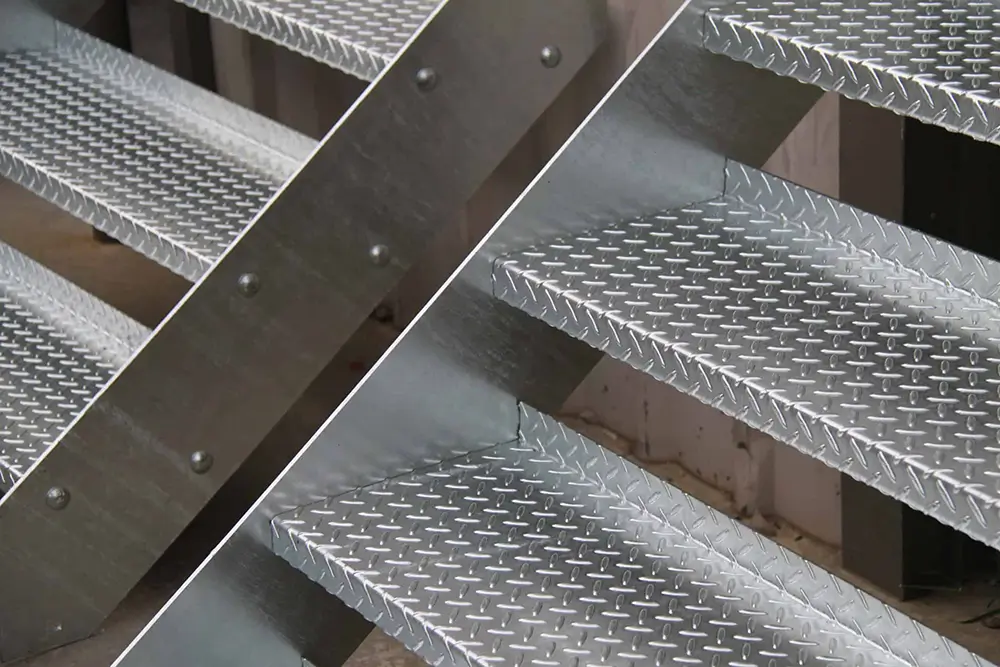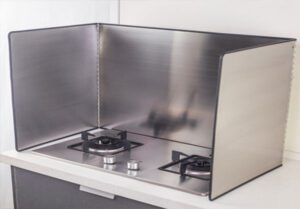Introduction
Alloy steel and stainless steel are two crucial materials in various industries, each with its distinct properties and applications. Understanding the disparities between these two materials is essential for making informed decisions in engineering, construction, and manufacturing processes.

Composition and Performance
Alloy Steel
Definition and Composition: Alloy steel is a type of steel that contains additional elements other than carbon and iron, such as chromium, nickel, or molybdenum. These elements are added to enhance specific properties like strength, toughness, and hardness.
Strength and Durability: Alloy steel exhibits remarkable strength and durability due to its enhanced composition. It is often preferred for applications requiring high mechanical strength and resistance to wear and tear.
Corrosion Resistance: While alloy steel offers impressive mechanical properties, its corrosion resistance may vary depending on the alloy composition and environmental factors.
Stainless Steel
Definition and Composition: Stainless steel is a type of steel alloy that contains a minimum of 10.5% chromium by mass. This chromium content forms a passive oxide layer on the surface, providing exceptional corrosion resistance.
Strength and Durability: Stainless steel possesses excellent strength and durability, making it suitable for various demanding applications. It maintains its structural integrity even under extreme conditions.
Corrosion Resistance: The primary distinguishing feature of stainless steel is its superior corrosion resistance. The chromium oxide layer acts as a protective barrier, preventing rust and corrosion, even in harsh environments.
Application Areas
Alloy Steel
Common Uses: Alloy steel finds widespread applications in industries such as automotive, aerospace, construction, and machinery manufacturing. It is utilized in structural components, gears, shafts, and tools.
Advantages: Alloy steel offers advantages in specific applications where high strength, toughness, and resistance to fatigue are paramount.
Stainless Steel
Common Uses: Stainless steel is utilized across various industries, including architecture, food processing, pharmaceuticals, and marine engineering. It is employed in structural elements, kitchen appliances, medical instruments, and offshore structures.
Advantages: Stainless steel provides significant advantages in applications requiring exceptional corrosion resistance, hygiene, and aesthetic appeal.

Cost and Availability
Alloy Steel
Cost Factors: The cost of alloy steel depends on factors such as alloying elements, production processes, and market demand.
Market Supply Situation: Alloy steel is widely available in the market, with numerous suppliers offering various grades and forms to meet diverse industry requirements.
Stainless Steel
Cost Factors: Stainless steel tends to be more expensive than alloy steel due to its higher chromium content and specialized production methods.
Market Supply Situation: Stainless steel is readily available in the market, although certain grades or forms may have limited availability or higher prices due to specific applications or market conditions.

Comparison
A. Strength and Durability: Both alloy steel and stainless steel exhibit excellent strength and durability, but alloy steel may offer superior mechanical properties in certain applications.
B. Corrosion Resistance: Stainless steel surpasses alloy steel in terms of corrosion resistance, making it the preferred choice for applications exposed to corrosive environments.
C. Cost-effectiveness: Alloy steel is generally more cost-effective than stainless steel, especially for applications where corrosion resistance is not the primary concern.
D. Applicability to Different Applications: The choice between alloy steel and stainless steel depends on specific application requirements, considering factors such as strength, corrosion resistance, cost, and availability.
Conclusion
In conclusion, alloy steel and stainless steel represent two distinct categories of materials with unique properties and applications. While alloy steel offers exceptional strength and durability, stainless steel stands out for its superior corrosion resistance. Selecting the appropriate material involves considering various factors such as application requirements, cost, and availability. Ultimately, understanding the differences between alloy steel and stainless steel is crucial for making informed decisions and ensuring optimal performance in diverse industrial applications.






